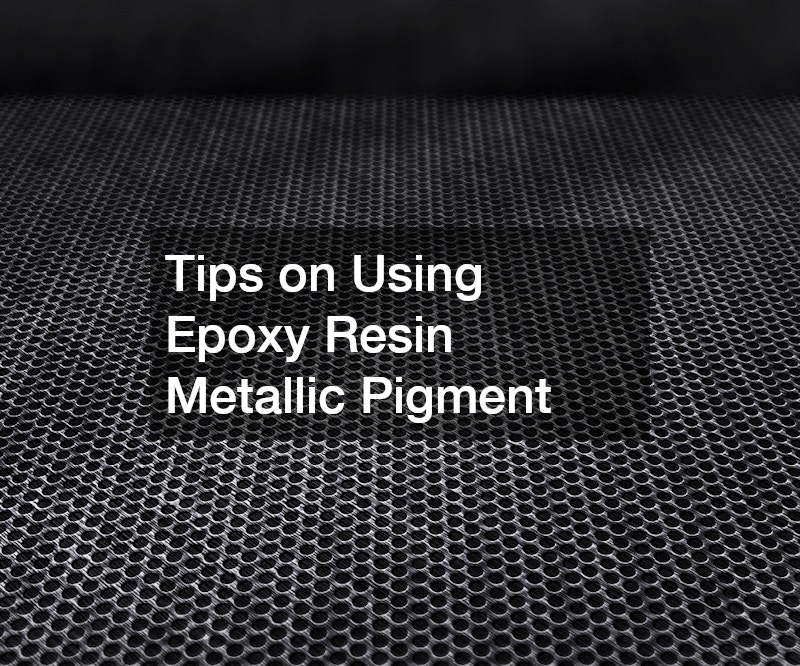Epoxy resin with metallic pigments has become a popular choice for creating eye-catching, durable surfaces in residential and commercial spaces. This unique material is often used for countertops, flooring, and even artistic projects, providing a beautiful, marbled, or shimmering effect. To achieve a professional-looking finish when working with epoxy resin metallic pigments, it’s important to understand the proper techniques and best practices. Here are some helpful tips for using epoxy resin metallic pigments effectively.
1. Choose the Right Epoxy Resin
Before adding metallic pigments, it’s crucial to choose a high-quality, clear epoxy resin that is compatible with the pigments you plan to use. Not all resins are created equal, so look for an epoxy that is designed for decorative applications and offers self-leveling properties. A good resin will have enough work time, or “pot life,” to allow you to mix, pour, and manipulate the metallic pigments without hardening too quickly.
Make sure to follow the manufacturer’s guidelines for mixing the resin and hardener to ensure proper curing. Improper ratios or incomplete mixing can result in uneven finishes or weak surfaces.
2. Choose the Right Metallic Pigments
Metallic pigments come in a variety of colors and effects, from soft, pearlescent tones to bold, shimmering metallics. Choose a pigment that suits the aesthetic you’re aiming for. Some popular choices include silver, gold, copper, and pearl, but there are also more unique options like deep blues, greens, and purples that can create dramatic looks.
When purchasing metallic pigments, make sure they are designed for use with epoxy resin. These pigments are typically made of mica powder or other metallic powders that blend well with resin to create that signature shimmer and depth.
3. Mix Thoroughly for Consistent Color
Proper mixing is essential for achieving a consistent and vibrant metallic effect. Once you’ve mixed the epoxy resin and hardener, gradually add the metallic pigment, stirring slowly and evenly to avoid introducing air bubbles. The amount of pigment you add will depend on the depth of color you want; typically, a small amount of pigment goes a long way.
To avoid streaks or uneven color distribution, stir the mixture thoroughly, ensuring the pigment is evenly dispersed throughout the resin. If you’re working with multiple colors, consider mixing each pigment into a separate batch of resin before combining them on your project.
4. Create Movement and Depth
One of the most striking features of metallic pigments in epoxy resin is the ability to create a sense of movement and depth. To achieve this effect, pour the resin onto the surface and use tools like a trowel, paintbrush, or heat gun to manipulate the resin. Dragging or swirling the resin can create a marbled or flowing appearance, while using a heat gun can enhance the metallic shimmer and help remove air bubbles.
Experiment with different techniques, such as layering different colored pigments or using contrasting colors to create visual interest. Metallic pigments tend to settle and shift slightly during the curing process, so expect some natural variation in the final design.
5. Control the Curing Environment
Epoxy resin is sensitive to temperature and humidity, and the curing environment can affect the final outcome of your project. Ideally, you should work in a space with consistent temperatures between 70-80°F (21-27°C) to ensure smooth curing. High humidity can introduce moisture into the resin, leading to clouding or imperfections in the finish.
Ensure that your workspace is clean and free of dust or debris, as particles can easily settle on the resin during the curing process and become trapped in the final surface.
6. Allow Time for Full Curing
Metallic epoxy resin projects can take time to fully cure, so patience is key. While the surface may harden within a few hours, full curing can take several days, depending on the product and conditions. Avoid placing objects or applying pressure to the surface until the resin has completely hardened to prevent dents or marks.
.

